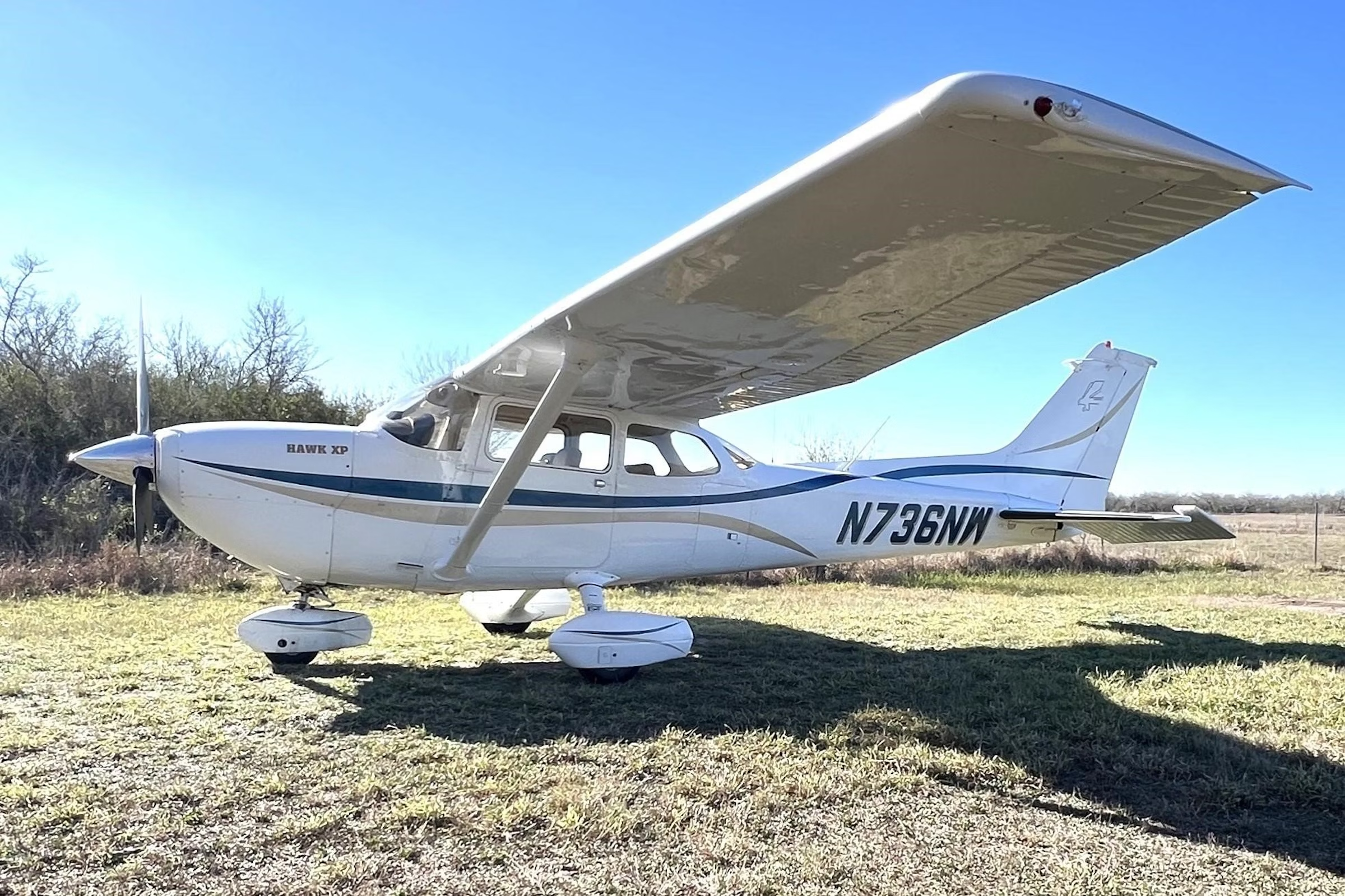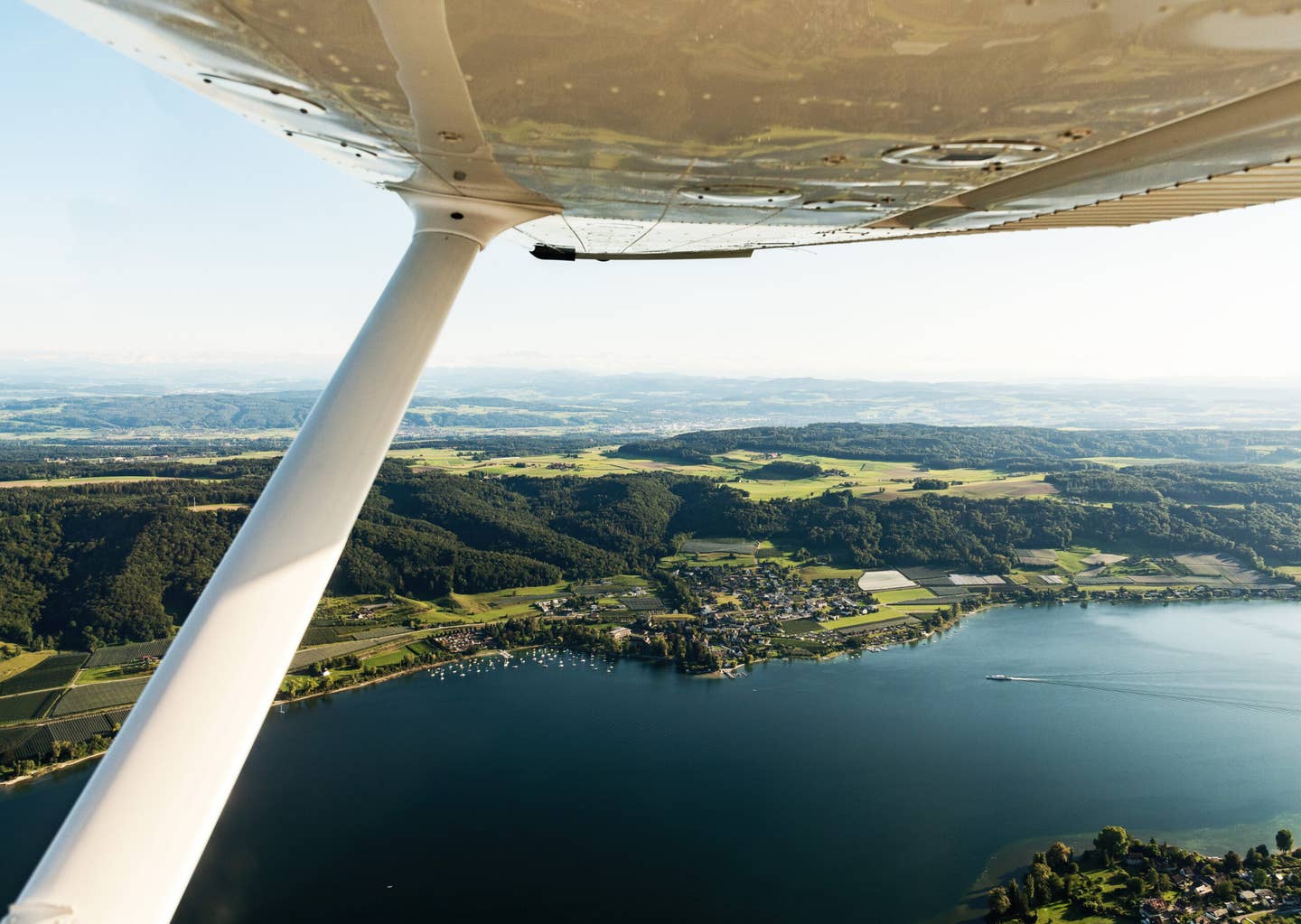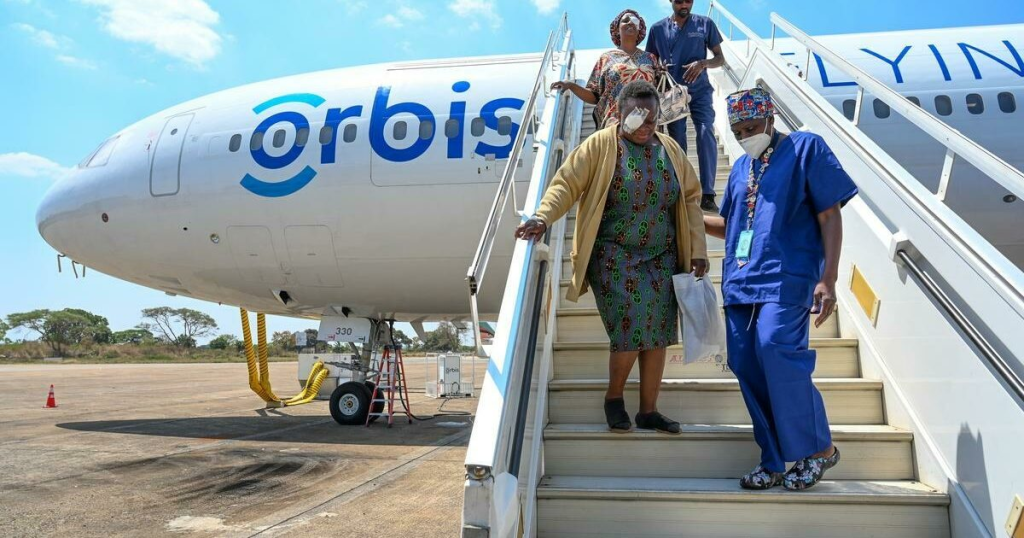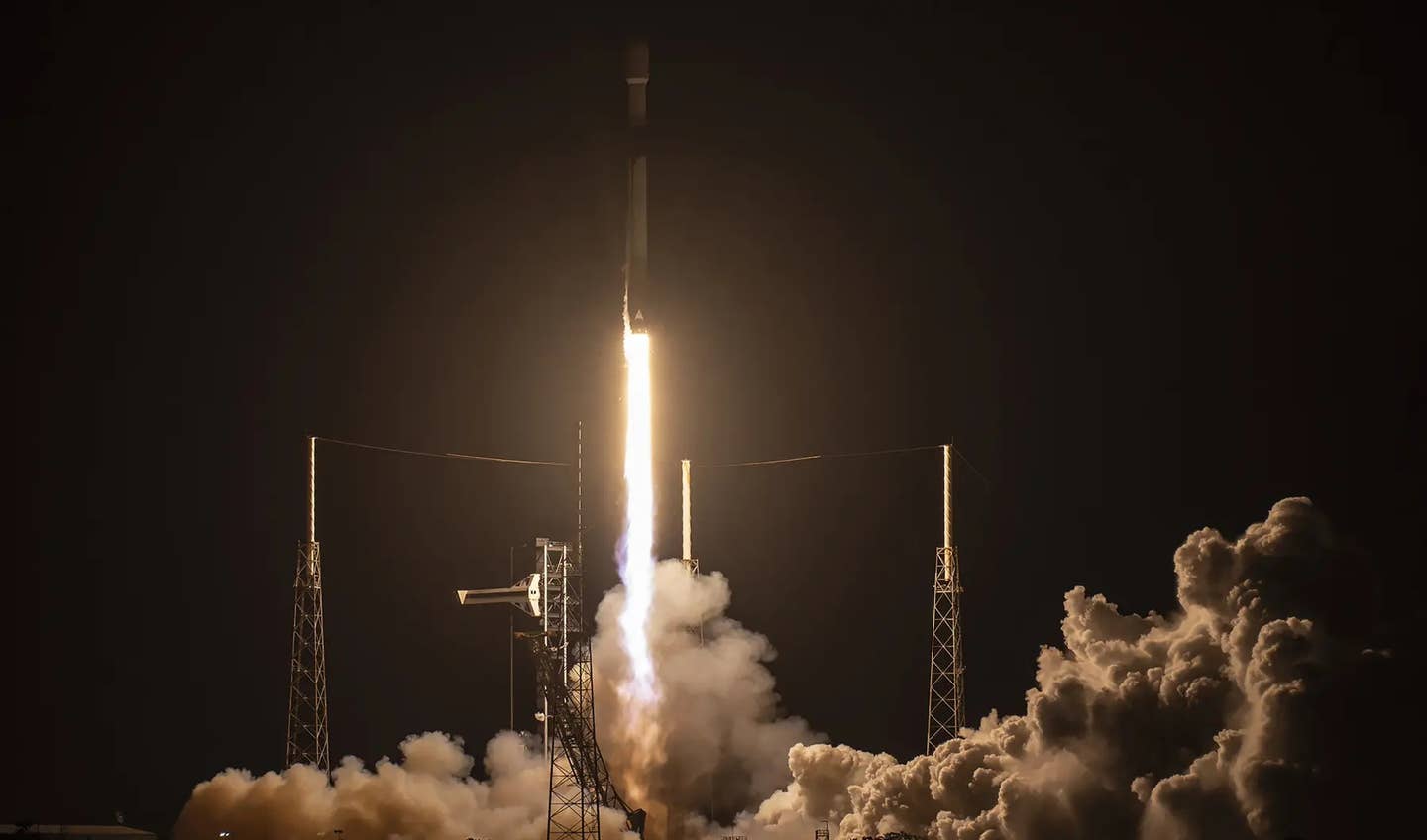
Having successfully developed an airpark property more than a decade ago, Robert Huber is looking to get back into the aviation real estate industry. If successful, his grand vision for a purpose-developed airpark and golf community, called Aero Estates National Airpark and Country Club, would be the largest of its kind in the world.
After two and a half years of planning, Huber leads a group that has drafted ample guiding material to make this vision a reality. This includes a 31-page business plan, as well as an in-depth pro forma and action plan.
For Huber, the opportunity represents a second chance.
The First Swing
Huber has been involved in general aviation since 1992. Once he returned to the United States from Desert Shield/Desert Storm, he picked up flying as a hobby and began flight training. After receiving his private pilot certificate, he went on to obtain multi-engine, instrument, and commercial ratings. He also earned a Bachelor of Science degree in Aeronautical Science from Embry-Riddle University’s Daytona Beach campus in 1997.
While working as a program manager in the U.S. Defense Industry, the opportunity to formally apply his interests in aviation presented itself in 2002. While living in Dallas, Texas, Huber heard about a property a couple of hours east near Tyler, Texas, on Lake Palestine. This 120-acre plot of land had homes surrounding what looked like an old airstrip.
He learned that it used to be a functioning runway that had been deactivated. After spending several weekends hanging around the property and speaking with homeowners, he was told about the opportunity to purchase the site from a former World War II Navy veteran.
Huber and his parents went in on the project together and bootstrapped the finances needed to undertake the project. With the previous owner floating the note, they were able to assume ownership. This assistance also allowed the family to purchase earthmoving and other equipment needed to develop what would be known as Aero Estates Airpark (T25).
The airpark, which still is an active community today, has:
- A 3,100′x60′ Bermuda grass runway
- Taxiways from the lots
- Pilot-controlled lighting
- Visual approach slope indicator (VASI)
- A heliport
- A float plane dock
- A four-acre lakefront common area
In 2010, Huber moved to Europe for work. After several years of managing the business from another continent, doing so became too much, so Huber started to look for new owners. In 2012, several of the community’s residents organized a business entity to purchase the airpark from Huber, who had bought his parents’ shares in 2005.
Finding His Footing
Following a successful transition, Huber recounted some of the successes from the project. The most notable was that 167 lots were developed and sold in 10 years. Looking back though, perhaps the more noteworthy takeaway was all that he had learned (often through making mistakes) during the decade’s long endeavor of developing and operating a residential airpark.
With this project behind him, he spent the next few years focusing on his career and “took a break from aviation.” Then in 2015, thoughts about on-airport living returned to his mind.
The Second Swing
After dinner one evening, Huber started to sketch a layout of a private runway with several homes on it, including one that would be his own. By purchasing a plot of land and subdividing it, he would be able to cover the acquisition and development costs.
Ultimately, these rudimentary doodles turned into much more than a simple airstrip and houses.
The grass runway was replaced by an 8,000′ asphalt runway (with instrument approaches) that is bisected by a 5,000′ crosswind runway. The site will host 2,183 “smart” residential lots, 300 townhomes and condominiums, and green sustainable solutions, including a 10-megawatt solar farm. There are also plans for 30 aviation business park commercial sites and 100 general aviation hangars.
The property will be co-anchored by a diverse recreational component. This includes:
- Three signature designed golf courses anticipated to host future PGA and USGA tournaments
- A country club
- An elite fitness center and racquet club
- Parks and multiple outdoor activities that “will attract local, second-, and third-home buyers.”
The project consists of four stages of initial development, spread across an equal number of years. Huber states that the financial breakeven point is in year seven and the internal rate of return (IRR) will be 34 percent.
Overall, estimated gross revenue, through the first 11 years, will be approximately $1,921,875,950. This revenue will primarily originate from transactions of residential lots, townhouses/condos, commercial pad sites, as well as FBO and country club operations.
The development is planned to be essentially split in half, with one half of the homes having direct taxiway access and others being adjacent to the golf courses. The two components will be separate from one another, but residents of each will be able to enjoy the other aspect as well.
By integrating golf and aviation, Huber is expecting to maximize the potential resident pool. While he notes that the prevailing thought previously was that “None of my pilot friends golf and none of my golfing friends fly,” he feels like this has shifted in recent years.
The planned development’s substantial footprint of 5,000-plus acres limits the number of suitable locations close to a metropolitan area. That said, several potential sites have been identified, including ones in Florida, Virginia, Texas, North Carolina, Colorado, Montana, Utah, Illinois, and Ohio.
With just a four-year development timeline from finalizing conceptual drawings, subdivision planning approvals, breaking ground, to completing the major construction, the airpark could quickly be a reality.
That said, all development actions are contingent upon funding for the estimated $395,000,000 venture. Being such a considerable investment, Huber is aware that the partner(s)/investor(s) who fund it will have a deeper pocketbook than most.
Huber expects that the people who would financially contribute to this vision is “...more than likely a [multi]-billionaire; one who has a shared interest and passion in aviation, golf, and the outdoors.”

Sign-up for newsletters & special offers!
Get the latest FLYING stories & special offers delivered directly to your inbox






